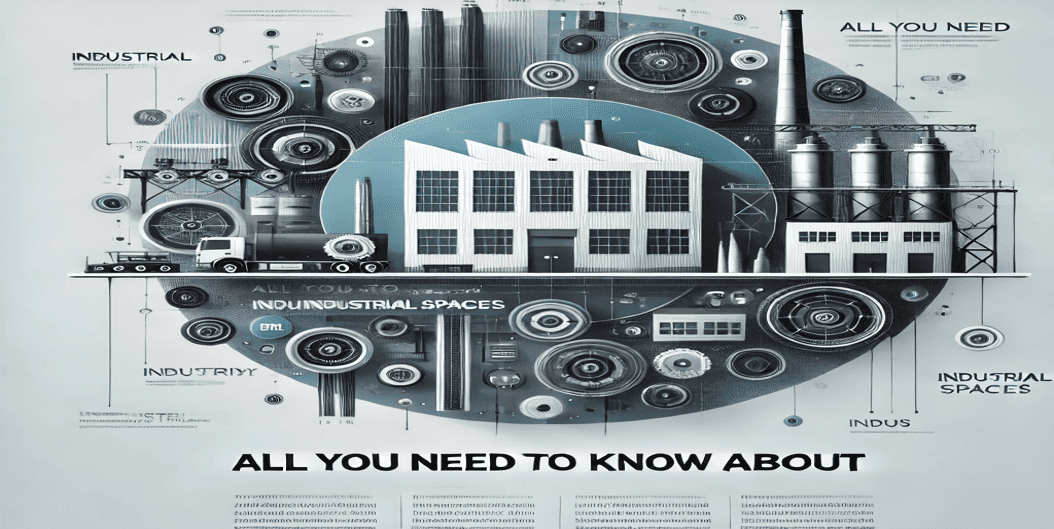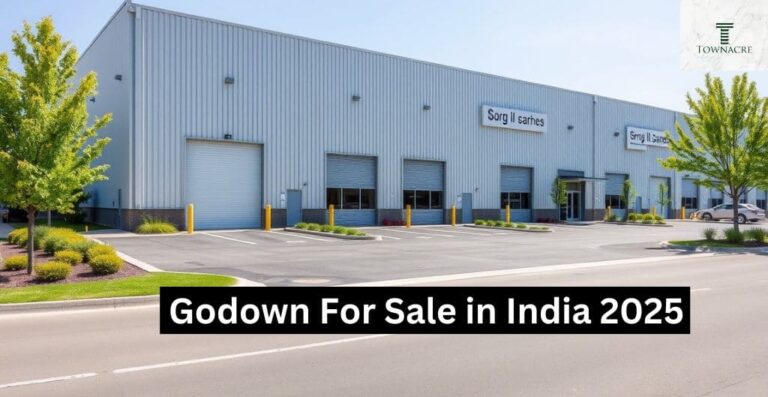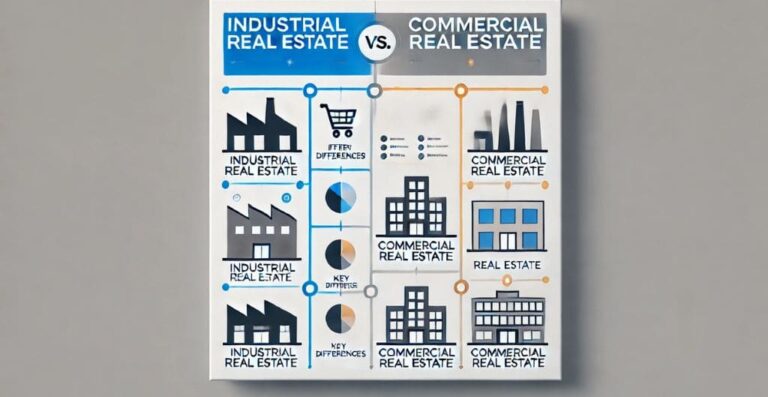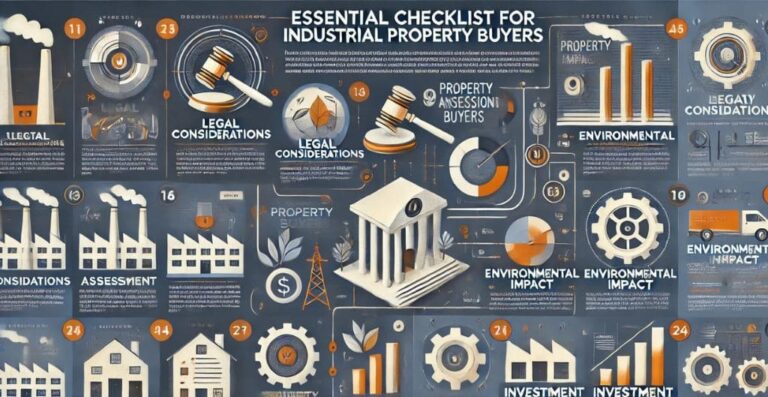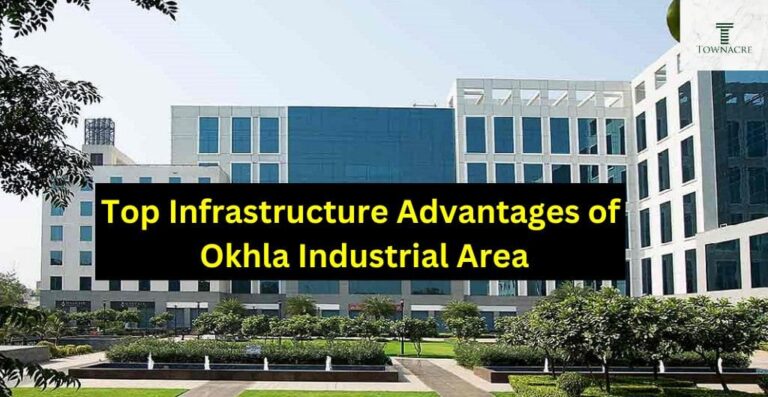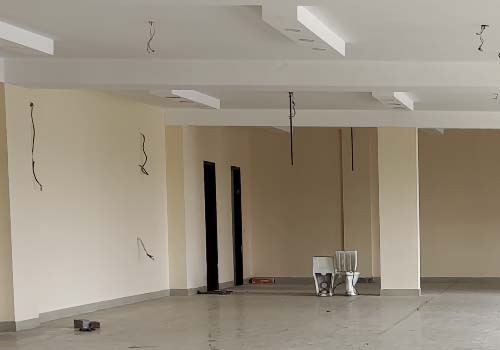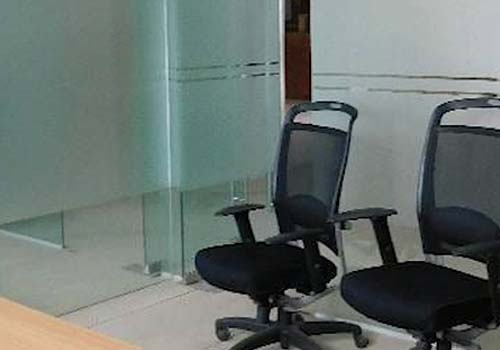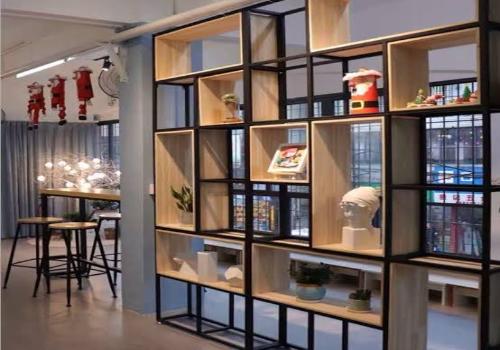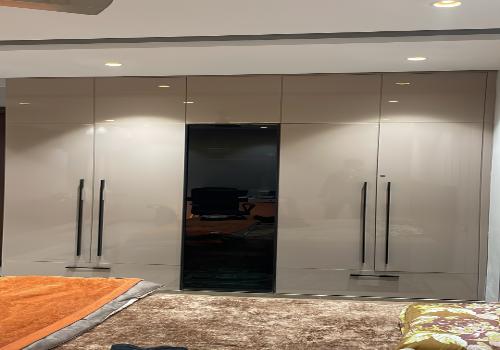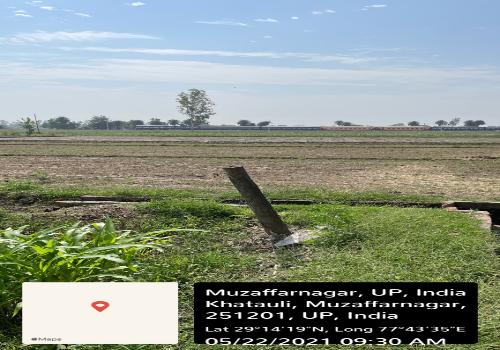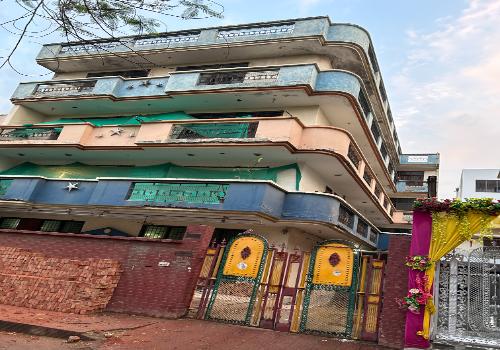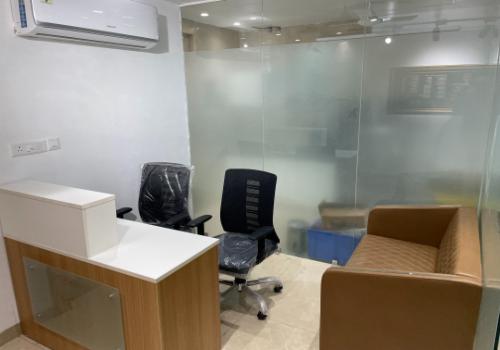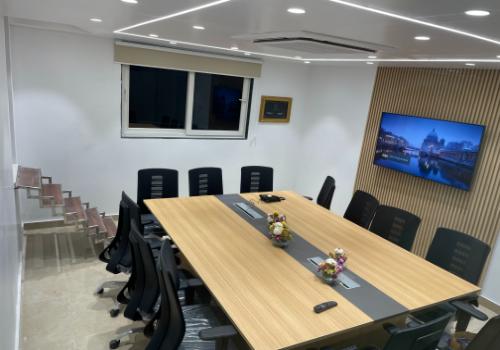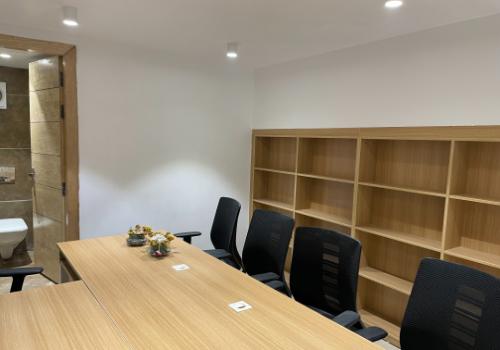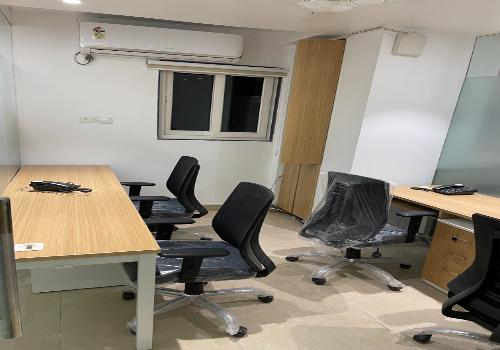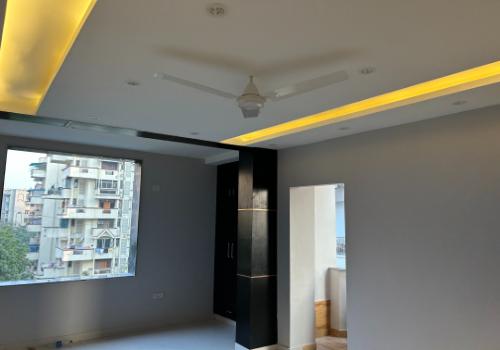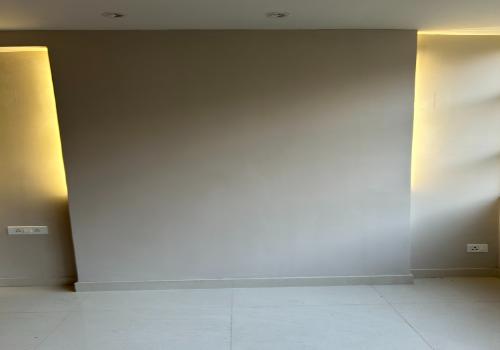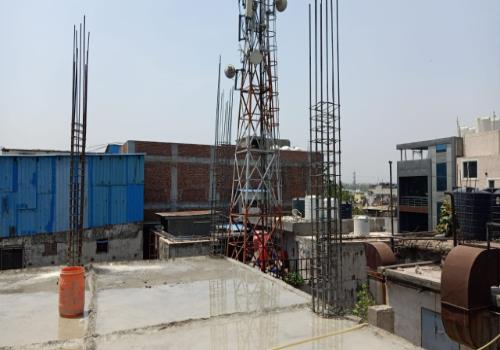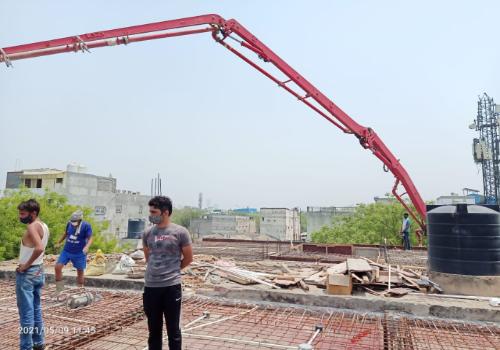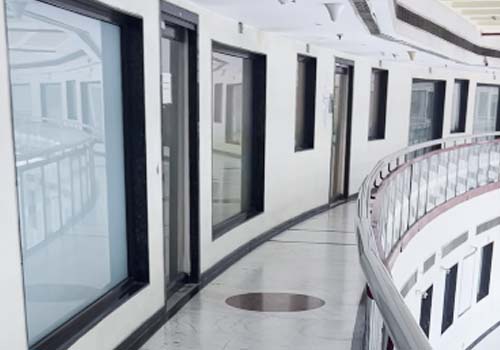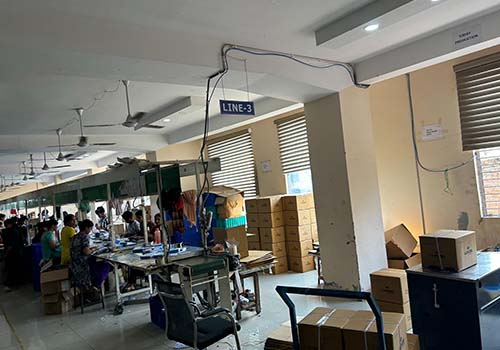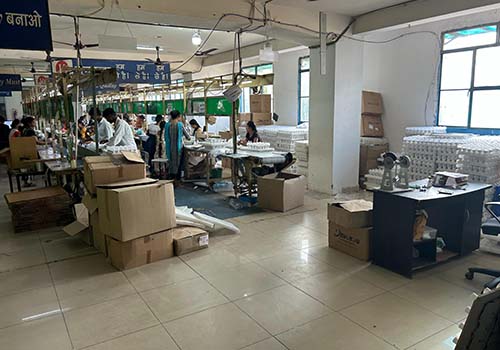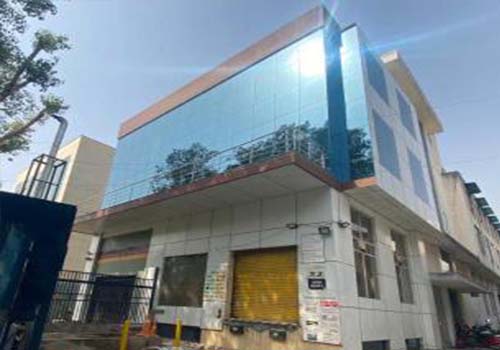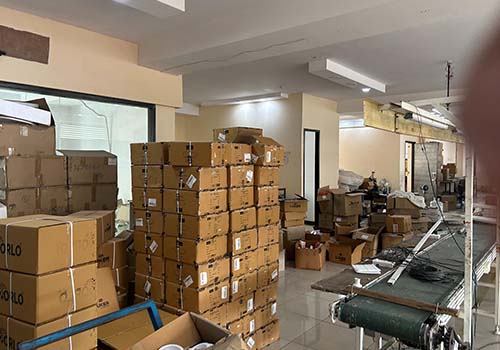All You Need To Know About Industrial Spaces
What are Industrial Spaces?
Industrial spaces are large spaces that are used for manufacturing, production, distribution, and storage, all under one roof. These buildings are usually located near transport hubs, hence making the transportation of goods easier. Industrial spaces are also very cost-efficient compared to commercial spaces and are hence considered a good investment.
In this evolving world of business, industrial spaces can play a very critical role in ensuring efficiency and growth. Selecting the right industrial space based on their needs is important for every organization. Let us get to know the types of industrial spaces available and what they have to offer.
Types of Industrial Spaces
Industrial spaces are of three main types:
- Warehouses
- Manufacturing Facilities
- Distribution Centers
Warehouses:
Warehouses are spaces used to store manufactured products for longer periods of time. The different warehouse types include general warehouses, cold warehouses, hazardous warehouses, specialized warehouses, distribution warehouses, etc. These are usually located outside the metropolitan areas, where there is easier access to connectivity to different major cities. Warehouses also require easy access for trucks to enter and exit via the highway systems.
Warehouses also store bulk goods for retailers and distributors, thus becoming the main supply chain for them. There are comparatively fewer employees in such buildings, so there is less parking space. Only 10% of the entire building is used for official space and the rest is used for storage.
Manufacturing Facilities:
Manufacturing facilities are the buildings where goods are manufactured and/or assembled. The goods are then stored in the warehouses. Manufacturing facilities are of two types: Heavy manufacturing buildings and Light assembly buildings.
Heavy manufacturing buildings are used for heavy-duty goods such as automobiles, chemical plants, steel production, etc. Light assembly buildings are used for small goods such as furniture, textiles, toys, etc.
Manufacturing facilities are usually large so as to accommodate the heavy machinery installed. They are also highly customized according to the good(s) being manufactured in the facility.
Distribution Centers:
Distribution centers are often confused with warehouses, but there are very key differences between them.
Unlike warehouses, distribution centers store goods only for a short time. They are mainly concerned with orders, packaging, and shipping of goods. Hence, they are designed for maximum efficiency, not maximum storage.
Distribution centers are either located near transportation routes such as airports, railway stations, ports, etc., or in the center of the area of demand. This ensures faster, easier, and more cost-effective shipping.
Key Features to Look For When Choosing an Industrial Space
When choosing an industrial space, it is important to ensure all needs are met for a smooth and efficient business operation. Here are some key features you should consider.
Location and Accessibility: Whether it is a warehouse or a distribution center, it is important to choose the right location for the facility. For example, if it is a warehouse, it has to be located near the major highways for easier transport access. Whereas distribution centers should be preferably located near the transport hubs. This helps in reducing shipping time and costs. Additionally, the proximity to suppliers, customers, and employees is also an important factor to consider.
Size and Layout: Different operations need different layouts. For example, a warehouse benefits from open floor spaces with high ceilings for vertical storage, while manufacturing facilities may need segmented areas for assembly lines and heavy machinery. Features such as parking spaces for employees and visitors, and loading docs also have to be considered.
Zoning Laws: Zoning laws are a critical factor when choosing an industrial space. Zoning laws specify what types of industries or operations are allowed in a particular area. For example, heavy manufacturing might be prohibited in light industrial zones. Carefully read these for storage limits, restrictions on pollution, waste management, or emissions. Non-compliance can result in delays and fines.
Safety and Security Features: Look for fire safety systems, emergency exits, and compliance with occupational safety standards.
Infrastructure and Utilities: If there is usage of heavy machinery and equipment, a reliable power supply is essential. Distribution centers depend on internet connectivity to track orders and the like. Other utilities like water supply, drainage systems, HVAC, and lighting must meet operational requirements.
Budget and Cost Efficiency: The space should fit all the requirements needed for the operation without making any compromises. Look for any previous dues. Analyze any hidden costs such as maintenance, insurance, and utilities.
Flexibility for Future Needs: Industrial spaces are an investment for any business. As the business grows, there has to be a scope for an upgrade.
Conclusion
Industrial spaces form the backbone of business operations. There are different types of industrial spaces available for different sets of needs, so choose wisely. Whether it’s a warehouse, manufacturing facility, or distribution center, selecting the right industrial space sets the foundation for long-term success in today’s evolving industries. TownAcre in Okhla Industrial Area, Delhi, is a prominent industrial real estate that can help bring your vision to life. With personalized consultation, detailed market research, and a highly professional team, TownAcre ensures tailored solutions that align with your business goals, setting you up for success in a competitive market.
FAQs:
1. What are the various types of industrial structures?
Ans. Industrial structure is more commonly used to identify a building used for manufacturing, production, fabrication, assembling, and conducting meetings. And, while industrial space can also include warehousing tasks, it doesn’t always have to be a warehouse property.
Industrial space is most commonly occupied by a lone business. As a result, an industrial space is typically where the business operates, so it often has a combination of both office space and manufacturing or warehousing space.
2. What type of space is a warehouse?
Ans. Commercial warehouse space describes a warehouse used primarily to store inventory, although the facility is home to other activities, too.
In addition to pallets and boxes, this type of warehouse might also have machinery, offices, a loading dock, and other elements that enable it to operate.

